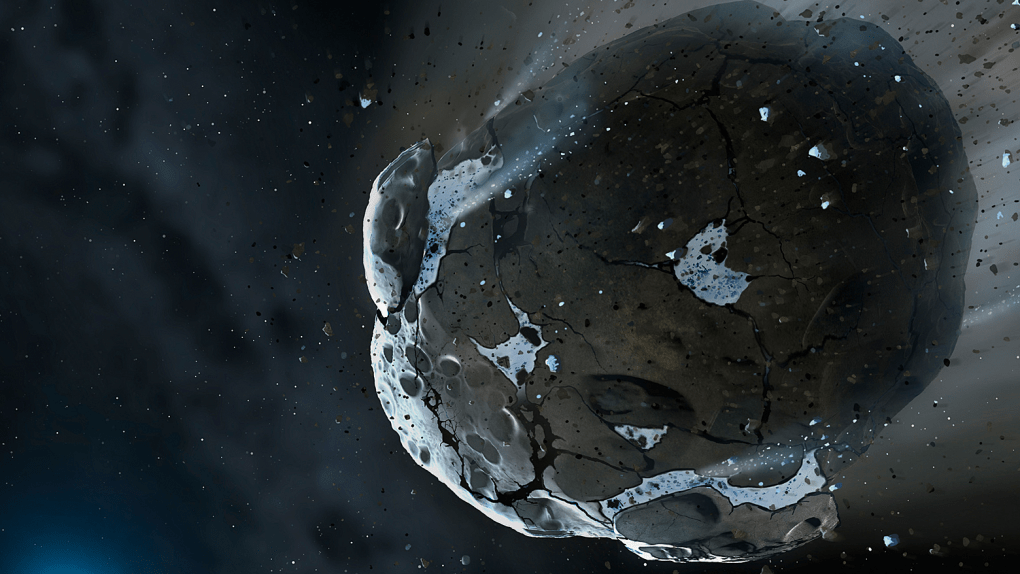Some of the world’s top scientists and disaster response teams spent a big chunk of last week simulating what might happen if a large asteroid were headed straight for Earth. The idea was to see if mankind could find a way to prevent a deadly impact if we had something like eight years to prepare for it. Apparently the answer is a resounding “nope.”
The simulation played out over several days but the hypothetical timeline for the project was stretched out to eight years, allowing the researchers to estimate timelines for launching missions to the space rock and preparing for evacuation if needed. Ultimately, modern technology — and some political bickering — made it impossible to avoid catastrophe.
As AFP reports, roughly 200 scientists participated in the exercise, being fed with new information each day as the fictional space rock crept closer to home.
The astronomers decided to launch impactors into space in the hopes of pushing the rock off course — a strategy that has been considered for real-world development. A trio of the spacecraft did manage to strike the rock and pushed most of it off course, which was great news for the presume impact location of Denver, Colorado.
Celebration was short-lived, however, as a smaller fragment of the larger body broke free and began traveling on a new path straight for New York City. Oops.
A last-ditch proposal to launch a nuclear weapon at the rock in the hopes of obliterating it never got off the ground due to political disagreements, and the scientists had no choice but to try to organize an evacuation to prevent as much loss of life as possible prior to an inevitable, catastrophic impact.
During the exercise the scientists were faced with countless questions to which don’t yet have answers, such as where do you put millions of people whose homes are about to be destroyed? Other practical quandaries included whether displaced people would keep paying their bills, and whether other countries might be willing to help absorb some of the immense cost of the disaster.
These are all things that would need to be solved in a real-world scenario, and while we don’t know of any space rocks that pose an immediate threat to us it’s worth at least considering them well in advance of an asteroid apocalypse.








